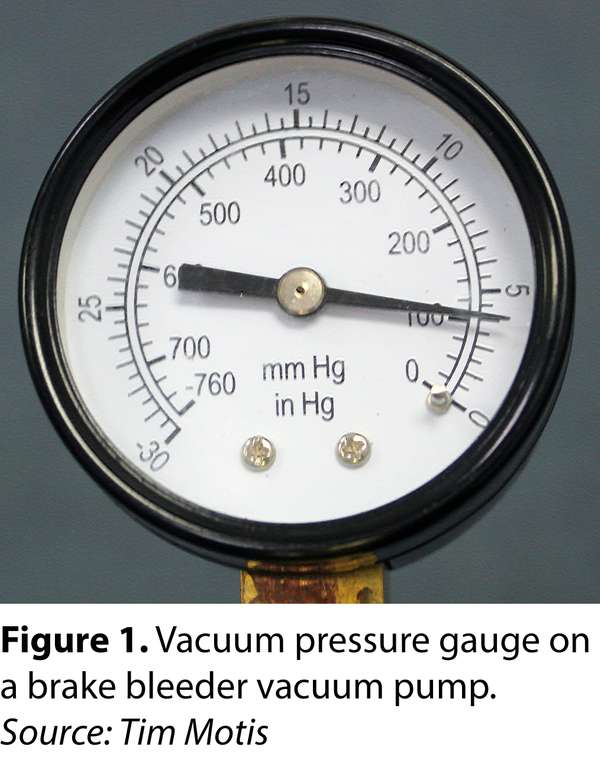From the ECHO Research Blog: Vacuum sealing for seed preservation
Published
2020-01-17
Calculation of Percent Oxygen after Vacuum Sealing a Container of Seed
By: Tim Motis
[EXCERPT] Postharvest seed loss due to insect damage is problematic for farmers as well as seed banks. One approach to control insects in a container of seeds is to lower oxygen levels using vacuum drawn with modified bicycle pumps, brake bleeder pumps, or other devices (see ECHO TN 93).
Air contains 21% oxygen by volume, meaning 100 liters of air is comprised of 21 liters of oxygen. Research has shown that insect mortality occurs when 5% (or less) of a container’s volume is occupied by oxygen (Njoroge et al., 2019). How do you know if your vacuum is strong enough to achieve such low levels of oxygen?
Part 1: Gathering required data
To calculate percent of container space occupied by oxygen, after removing some of the air by a vacuum-drawing device, we need to know a few things:
What crop are we dealing with? Let’s say we are storing maize.
What percentage of the container is occupied by seeds of that crop? Let’s say the container is 75% full of maize seed.